Are you curious about the Container Shipping Costs from China to Dubai in 2025? Understanding the dynamics of this route is crucial for importers who wish to optimize their logistics strategies and keep expenses under control. As Dubai stands as a vibrant trading hub, grasping the elements that impact shipping costs can significantly enhance decision-making. Key variables like shipping routes, container sizes, and the choice between Full Container Load (FCL) and Less than Container Load (LCL) are instrumental in shaping both costs and transit durations. This comprehensive guide delves into these essential factors, providing valuable insights to streamline your import operations and enhance financial efficiency.
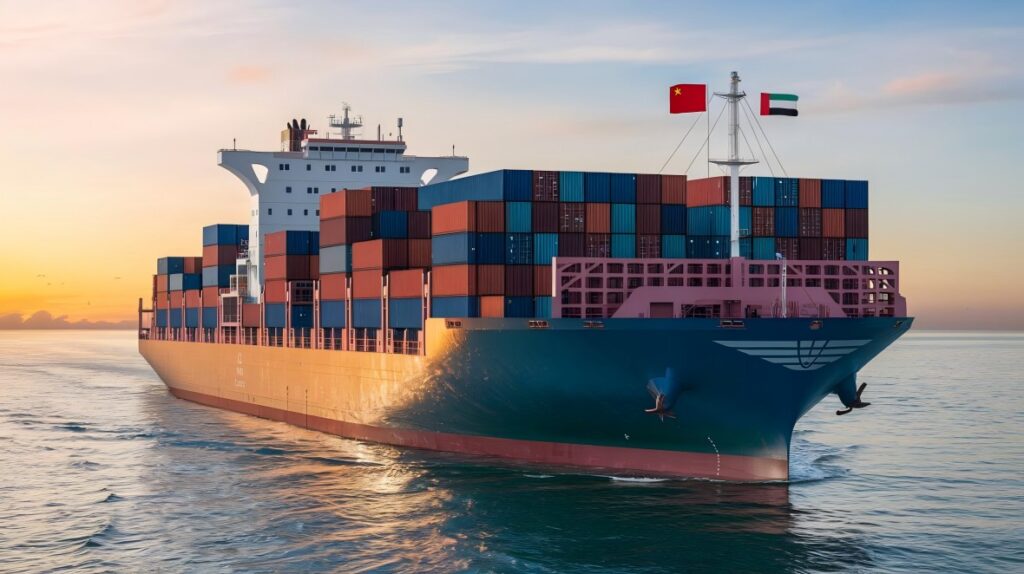
Understanding Container Shipping Costs from China to Dubai
When considering the shipping costs for containers from China to Dubai, it’s essential to grasp the complexities involved in the process. The vast and intricate web of global trade routes means that shipping costs can fluctuate significantly due to various factors, including market demand, seasonal trends, and operational costs.
Key Components of Shipping Costs
1.1 Freight Rates
Freight rates form the core component of shipping costs. They are determined based on the shipping carrier’s pricing policies, market demand, and the nature of the cargo being shipped. Given the competitive nature of the shipping industry, freight rates can vary month to month or even by week. As of the latest data from the World Bank, the average freight cost from China to Dubai for a 20-foot container can range from $1,200 to $2,500, depending on the shipping line and market conditions (World Bank Freight Rates).
1.2 Currency Exchange Rates
Given that transactions often occur in different currencies, the exchange rates between the Chinese Yuan (CNY) and the United Arab Emirates Dirham (AED) can significantly impact total shipping costs. Fluctuations in exchange rates may lead to unexpected costs for importers and exporters. It’s advisable to monitor currency trends and possibly hedge against adverse movements when dealing with international shipping.
1.3 Insurance Costs
Insurance is a critical aspect of container shipping. Protecting your goods against loss or damage in transit is essential, particularly for high-value items. The cost of insurance services typically ranges from 0.5% to 2% of the total cargo value, depending on the type of goods and the coverage level selected. Companies like Dantful International Logistics provide tailored insurance solutions that can offer peace of mind for businesses shipping goods internationally.
1.4 Handling Fees at Ports
Port handling fees, which include charges for loading and unloading containers, can also vary significantly from one port to another. Dubai’s ports, being among the busiest in the world, have specific tariff structures that must be accounted for when calculating shipping costs. These fees might include terminal handling charges, documentation fees, and equipment rental charges.
1.5 Additional Factors
Other factors that contribute to shipping costs include:
Trade Policies: Any tariffs or trade agreements between China and the UAE can directly affect import costs, making it essential to stay updated on political and economic changes.
Seasonality: Peak shipping seasons, such as pre-holiday periods, often see an increase in shipping rates due to higher demand.
Fuel Prices: Fluctuating fuel prices can impact shipping costs substantially.
Key Factors Influencing Container Shipping Costs
Several critical factors play a significant role in determining container shipping costs. Understanding these factors will not only help you estimate your budget but also allow you to optimize your shipping strategy.
Shipping Route and Distance
The shipping route and distance between ports significantly impact the overall costs. The longer the distance, the higher the fuel consumption and operational costs incurred by shipping companies. When shipping from China to Dubai, the most common routes typically include major trade lanes like those through the South China Sea and the Indian Ocean.
To illustrate the impact of different routes on shipping costs, consider the following table:
| Origin Port (China) | Destination Port (Dubai) | Distance (approx. km) | Estimated Transit Time (days) |
|---|---|---|---|
| Shanghai | Jebel Ali | 6,800 | 20 |
| Shenzhen | Jebel Ali | 6,500 | 18 |
| Guangzhou | Jebel Ali | 6,600 | 19 |
As evident from the table, the distance influences both shipping costs and transit times. A well-chosen shipping route can result in more favorable pricing and delivery times.
Container Size: 20ft vs. 40ft
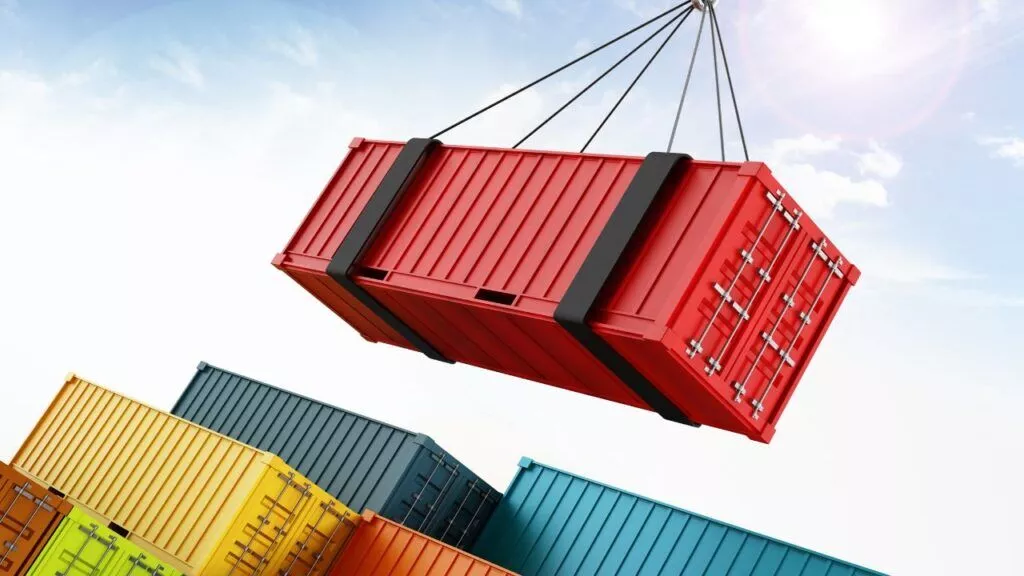
The size of the container you choose can greatly affect shipping costs. Containers come in various sizes, with the most commonly used being 20ft and 40ft containers. The choice between these sizes depends on the volume of goods you intend to ship.
| Container Size | Capacity (cbm) | Average Cost (USD) | Ideal For |
|---|---|---|---|
| 20ft | 33 | $1,200 – $2,500 | Small shipments, limited volume |
| 40ft | 67 | $2,000 – $4,500 | Large shipments, bulkier items |
While the 20ft container is affordable for smaller shipments, the 40ft container often provides better value for larger loads, offering economies of scale. However, it’s essential to evaluate your specific shipping needs to select the most cost-effective option.
Mode of Transport: FCL vs. LCL
When importing goods, you have two primary shipping modes: Full Container Load (FCL) and Less than Container Load (LCL). Each mode has its own advantages and pricing structures.
-
Full Container Load (FCL): This option is optimal if you have enough goods to fill an entire container. FCL is typically more cost-effective per unit compared to LCL, as the entire container is dedicated to your shipment. Furthermore, FCL shipping often results in faster transit times since the container goes directly from the origin to the destination without intermediate handling.
-
Less than Container Load (LCL): If your shipment does not fill an entire container, LCL allows you to share space with other shippers. While this can lower shipping costs for small shipments, it may lead to longer transit times due to additional handling and consolidation processes.
Here’s a comparative overview of FCL and LCL:
| Shipping Mode | Cost per Unit | Transit Time | Handling Complexity |
|---|---|---|---|
| FCL | Lower | Faster | Simpler |
| LCL | Higher | Slower | More complex |
Choosing the right mode of transport can significantly impact your budget and delivery timeframe.
By understanding the intricacies of container shipping costs from China to Dubai, including the shipping route, container size, and mode of transport, importers can make informed decisions that align with their operational needs. Dantful International Logistics is dedicated to providing tailored solutions to meet your shipping requirements, ensuring a seamless experience from start to finish. For more information on our services, including customs clearance and warehouse services, please reach out to us.
Shipping From China to Middle East Countries:
- Shipping from China to Saudi Arabia
- Shipping from China to UAE
- Shipping from china to KUWAIT
- Shipping From China To EGYPT
- Shipping from China to Bahrain
- Shipping From China To Jordan
- Shipping From China To Israel
- Shipping from China to Qatar
- Shipping From China To IRAQ
- Shipping from China to Iran
Shipping Costs for Containers from China to Dubai
Understanding the shipping costs associated with transporting containers from China to Dubai is crucial for importers aiming to budget effectively and optimize their supply chain. The shipping costs can vary significantly based on the container size, whether you choose Full Container Load (FCL) or Less than Container Load (LCL), and additional fees that may apply. Dantful International Logistics offers expertise in navigating these costs, ensuring a smooth shipping process.
20 ft Container Shipping Cost from China to Dubai
When considering shipping a 20 ft container, it is essential to understand the cost structure involved. The total shipping cost typically includes several components that can impact the final price.
Cost Breakdown for 20ft Containers
| Cost Component | Estimated Cost (USD) | Description |
|---|---|---|
| Shipping Freight | $1,200 – $2,500 | Base cost for transporting the container from China to Dubai. |
| Port Fees | $100 – $500 | Charges for using the port facilities in both the origin and destination. |
| Handling Charges | $50 – $300 | Costs associated with loading and unloading the container. |
| Documentation Fees | $50 – $150 | Fees for necessary shipping documents and customs paperwork. |
| Insurance Services (optional) | $50 – $200 | Coverage for potential losses or damages during transit. |
| Total Estimated Cost | $1,500 – $3,900 | Comprehensive cost for shipping a 20 ft container to Dubai. |
The costs will vary based on factors such as the shipping line chosen, the time of year, and market demand. Dantful can help you navigate these variables to secure the most favorable rates.
40 ft Container Shipping Cost from China to Dubai
Shipping a 40 ft container comes with its own cost considerations. This larger container is often more economical per unit due to its capacity.
Cost Breakdown for 40ft Containers
| Cost Component | Estimated Cost (USD) | Description |
|---|---|---|
| Shipping Freight | $2,000 – $4,500 | Base cost for transporting the container from China to Dubai. |
| Port Fees | $150 – $600 | Charges for using the port facilities in both the origin and destination. |
| Handling Charges | $100 – $400 | Costs associated with loading and unloading the container. |
| Documentation Fees | $50 – $150 | Fees for necessary shipping documents and customs paperwork. |
| Insurance Services (optional) | $100 – $250 | Coverage for potential losses or damages during transit. |
| Total Estimated Cost | $2,500 – $6,950 | Comprehensive cost for shipping a 40 ft container to Dubai. |
Similar to 20 ft containers, the specific costs will depend on various factors, including fluctuations in freight rates and the seasonality of demand.
Comparison of FCL and LCL Shipping Costs
When deciding between Full Container Load (FCL) and Less than Container Load (LCL), the cost implications are significant:
| Shipping Mode | Average Cost for 20 ft Container (USD) | Average Cost for 40 ft Container (USD) | Ideal For |
|---|---|---|---|
| FCL | $1,500 – $3,900 | $2,500 – $6,950 | Businesses with larger shipments |
| LCL | $1,000 – $2,000 (per cubic meter) | Not applicable | Smaller shipments needing flexibility |
FCL is generally more cost-effective for larger shipments, while LCL can provide cost savings for smaller volumes but may result in higher per-unit shipping costs.
Additional Fees and Charges
Beyond the primary shipping costs, several additional fees can impact the overall expense of importing goods from China to Dubai.
Port Fees and Handling Charges
Port fees vary by location and can include charges for berthing, loading and unloading operations, and terminal handling. These costs can range from $100 to $600 for a 40 ft container, depending on the port’s infrastructure and services provided.
Customs Duties and Taxes
Importing goods into Dubai entails customs duties and taxes, which are typically calculated based on the CIF (Cost, Insurance, Freight) value of the shipment. The standard customs duty rate for most goods is 5%, but it is crucial to verify specific rates for different product categories. Additional value-added tax (VAT) of 5% may also apply on top of the customs duties.
| Fee Type | Estimated Amount (USD) | Description |
|---|---|---|
| Customs Duties | 5% of CIF Value | Taxes based on the declared value of goods. |
| VAT | 5% of CIF + Duties | Tax applied to the total value (CIF + duties). |
Navigating these additional fees can be complex, but Dantful International Logistics is committed to assisting clients in understanding and managing these costs effectively, ultimately ensuring a seamless shipping experience. For comprehensive logistics solutions, including customs clearance and insurance services, contact Dantful today.
Dantful International Logistics Services:
- Dantful Ocean Freight Services
- Air Freight From China
- Amazon FBA Freight Forwarding
- WAREHOUSE Services
- One-Stop Customs Clearance Solution
- Cargo Insurance Services in China
- DDP Shipping Services By Dantful Logistics
- Out of Gauge Cargo Transportation Shipping Services
Shipping Time from China to Dubai
Understanding the shipping time from China to Dubai is crucial for importers looking to efficiently manage their supply chains. The duration of transit can vary significantly depending on several factors, including the chosen shipping method and logistics management. Dantful International Logistics provides services designed to optimize shipping times while maintaining cost efficiency.
Average Transit Times for Sea Freight
When utilizing sea freight, the average transit times from various ports in China to Dubai can vary based on distance and route. Below is a table summarizing the typical transit times for shipping containers via sea freight:
| Origin Port (China) | Destination Port (Dubai) | Average Transit Time (Days) |
|---|---|---|
| Shanghai | Jebel Ali | 20 |
| Shenzhen | Jebel Ali | 18 |
| Guangzhou | Jebel Ali | 19 |
| Ningbo | Jebel Ali | 21 |
| Qingdao | Jebel Ali | 22 |
These transit times reflect the typical durations for ocean freight. It is essential to account for additional time that may be required for customs clearance, port handling, and inland transportation once the goods arrive in Dubai.
Factors Affecting Shipping Duration
Several factors can influence the overall shipping duration from China to Dubai:
Weather Conditions
Severe weather, such as storms or typhoons, can delay shipping schedules. Shipping companies often reroute vessels for safety, which may extend transit times.
Port Congestion
High traffic at ports can lead to delays in loading and unloading containers. Congestion can arise from various factors, including peak shipping seasons, labor strikes, or logistical inefficiencies.
Customs Clearance
Customs procedures can also impact the shipping duration. Delays in documentation, inspections, or any discrepancies in paperwork can extend the time goods spend at the port of entry. Engaging a reliable freight forwarder, such as Dantful, can streamline customs processes and mitigate delays.
Shipping Method
The choice between FCL (Full Container Load) and LCL (Less than Container Load) can significantly affect shipping duration. FCL shipments typically have direct routes and fewer handling processes, leading to faster transit times compared to LCL, which may involve additional handling and consolidation.
You may be interested in the following related articles:
- Understanding International Shipping Timelines from China to the US
- Ultimate Guide to Shipping from China to Mersin: Costs, Timeframes, and Tips
- Container Shipping Costs from China to Savannah: What You Need to Know
- Tips to Find the Cheapest Shipping Company from China to Norway
- The Ultimate Guide to Hazmat Freight Forwarder from China to Ecuador
- Exploring the Benefits of Sea Freight from China to Turkey
Tips for Reducing Container Shipping Costs
Efficient cost management is vital for businesses looking to import goods from China to Dubai. Here are some practical tips to reduce container shipping costs.
Choosing the Right Freight Forwarder
Selecting a reliable freight forwarder can make a significant difference in controlling shipping costs. A good freight forwarder, such as Dantful International Logistics, can help you navigate the complexities of international shipping, offering competitive rates, efficient routing, and guidance on documentation.
Key considerations when choosing a freight forwarder include:
- Experience and Expertise: Look for a forwarder with extensive experience in shipping to Dubai. Their expertise can help you avoid common pitfalls and streamline the import process.
- Transparent Pricing: Opt for freight forwarders who provide clear and detailed quotes, ensuring you understand all cost components, including freight, port fees, and any additional charges.
- Network and Relationships: A freight forwarder with established relationships with shipping lines and port authorities can negotiate better rates and expedite processes, ultimately reducing your overall costs.
Consolidating Shipments for Cost Efficiency
Consolidating shipments, particularly for businesses that send smaller quantities of goods, can significantly enhance cost efficiency. Here are some strategies for successful shipment consolidation:
- LCL Shipping: If you don’t have enough goods to fill a 20 ft or 40 ft container, consider using LCL shipping to share container space with other shippers. This option reduces costs associated with unused container space.
- Batching Orders: Regularly coordinate with suppliers in China to batch multiple orders into a single shipment. This strategy can reduce shipping costs by maximizing container utilization.
- Schedule Synchronization: Align your shipment schedules with other importers to increase the volume of goods shipped collectively. This approach can reduce freight costs substantially.
By implementing these strategies, businesses can effectively control container shipping costs while ensuring timely delivery of goods from China to Dubai. For tailored logistics solutions and cost-effective shipping options, contact Dantful International Logistics today, where we prioritize your shipping needs with quality and reliability.
FAQs
1. What factors influence container shipping costs from China to Dubai?
Container shipping costs are influenced by several key factors, including the shipping route and distance, container size (20ft vs. 40ft), and the shipping mode (Full Container Load (FCL) vs. Less than Container Load (LCL)). Each of these elements can significantly affect the overall price and transit time of your shipment.
2. How can I estimate the shipping costs for a 20ft or 40ft container?
Shipping costs for a 20ft container typically range from $1,500 to $3,900, while 40ft containers usually cost between $2,500 and $6,950. These costs can vary depending on additional fees such as port charges, handling fees, and insurance services.
3. What is the difference between FCL and LCL shipping?
- Full Container Load (FCL) is more cost-effective for larger shipments, as the entire container is dedicated to your goods, resulting in faster transit times.
- Less than Container Load (LCL) is suitable for smaller shipments that do not fill an entire container. While LCL can lower costs for smaller loads, it may result in higher per-unit shipping costs and longer transit times due to additional handling.
4. How long does it take to ship containers from China to Dubai?
Average transit times for sea freight from various Chinese ports to Dubai range from 18 to 22 days, depending on the specific origin port and route taken. However, it’s important to account for additional time needed for customs clearance and inland transportation.
5. What additional fees should I be aware of when shipping to Dubai?
In addition to shipping costs, importers should consider customs duties (typically 5% of the CIF value) and value-added tax (VAT) of 5% on top of customs duties. Port fees and handling charges can also contribute significantly to the overall shipping expenses.
6. How can I reduce container shipping costs?
To manage and reduce shipping costs, consider choosing a reliable freight forwarder like Dantful International Logistics, consolidating shipments, scheduling regular batches with suppliers, and utilizing LCL shipping for smaller quantities. These strategies can help maximize container utilization and minimize additional costs.
7. Why is it important to choose the right freight forwarder?
A reputable freight forwarder can provide expertise in navigating the complexities of international shipping, offer competitive rates, and ensure transparent pricing. Choosing the right partner, such as Dantful, can lead to significant cost savings and a smoother shipping process.

Young Chiu is a seasoned logistics expert with over 15 years of experience in international freight forwarding and supply chain management. As CEO of Dantful International Logistics, Young is dedicated to providing valuable insights and practical advice to businesses navigating the complexities of global shipping.



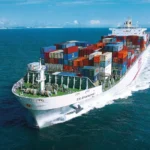



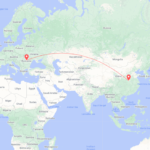
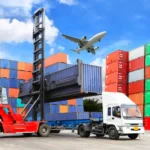

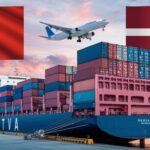
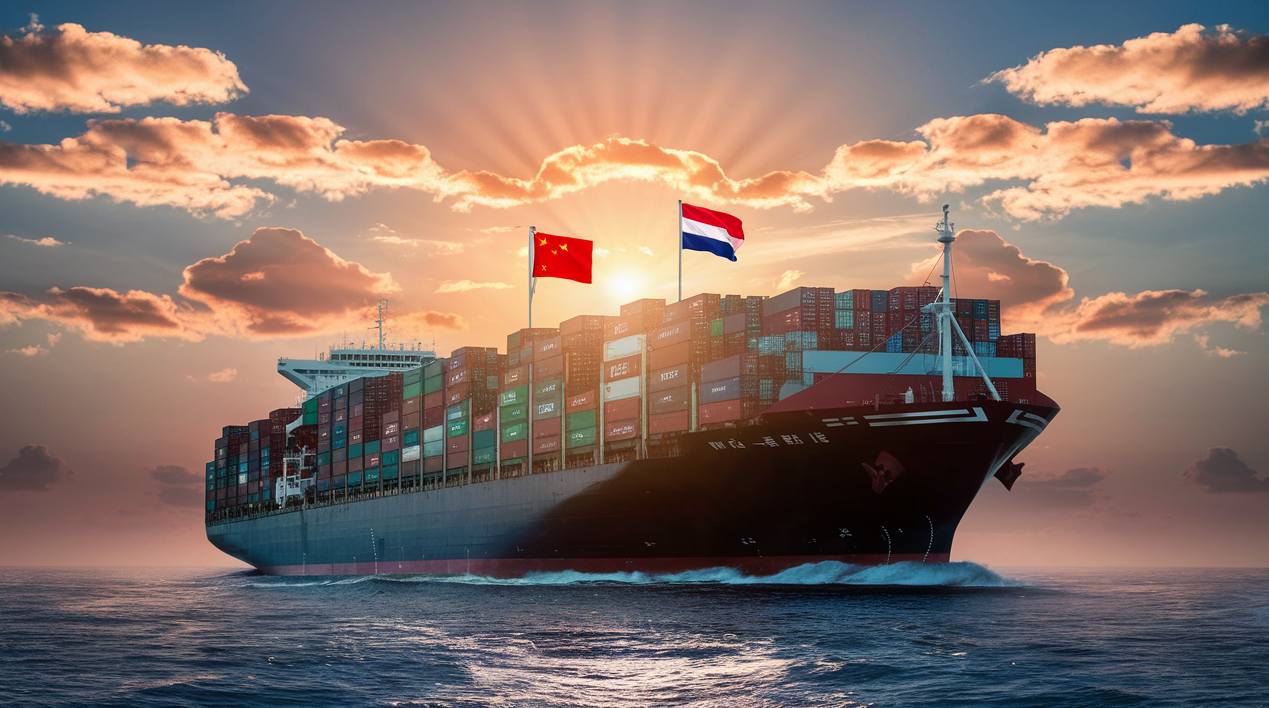
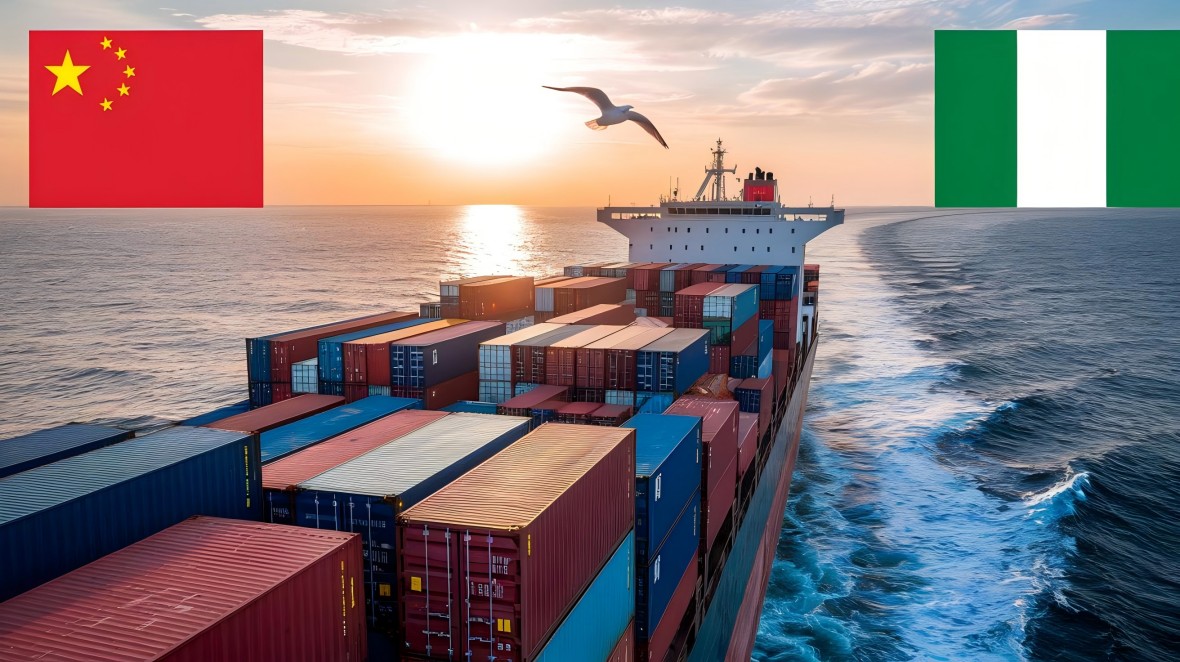
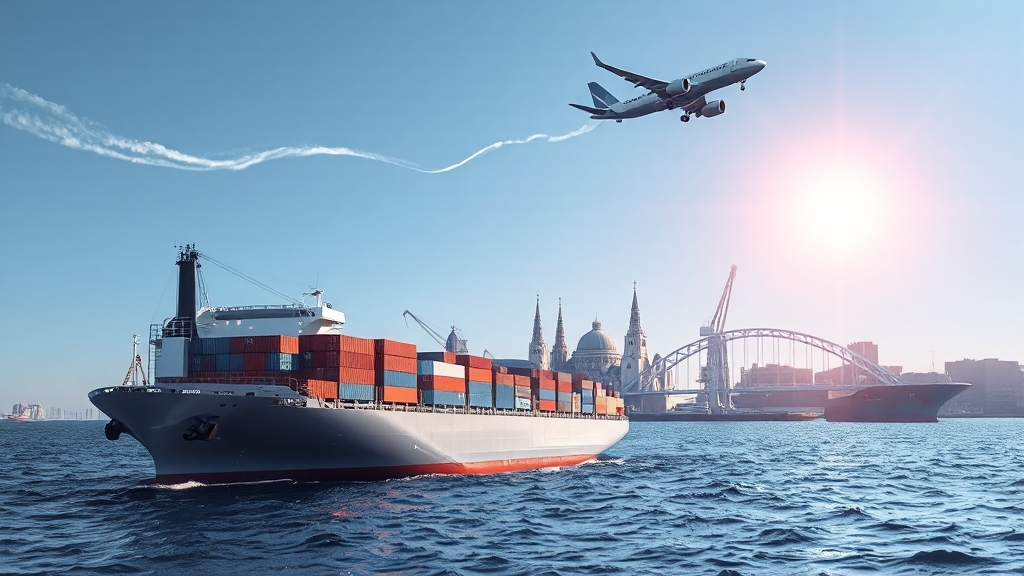
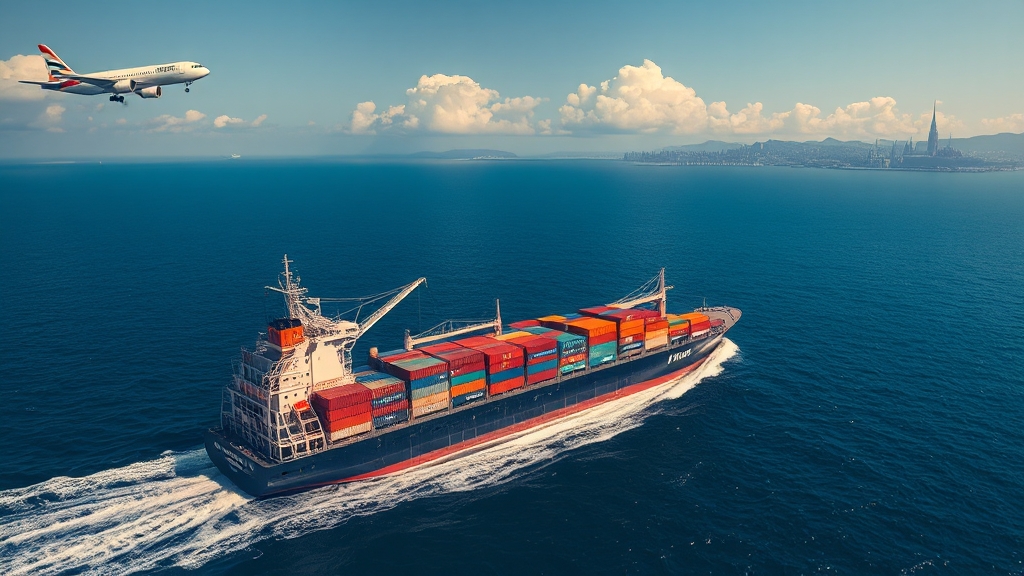
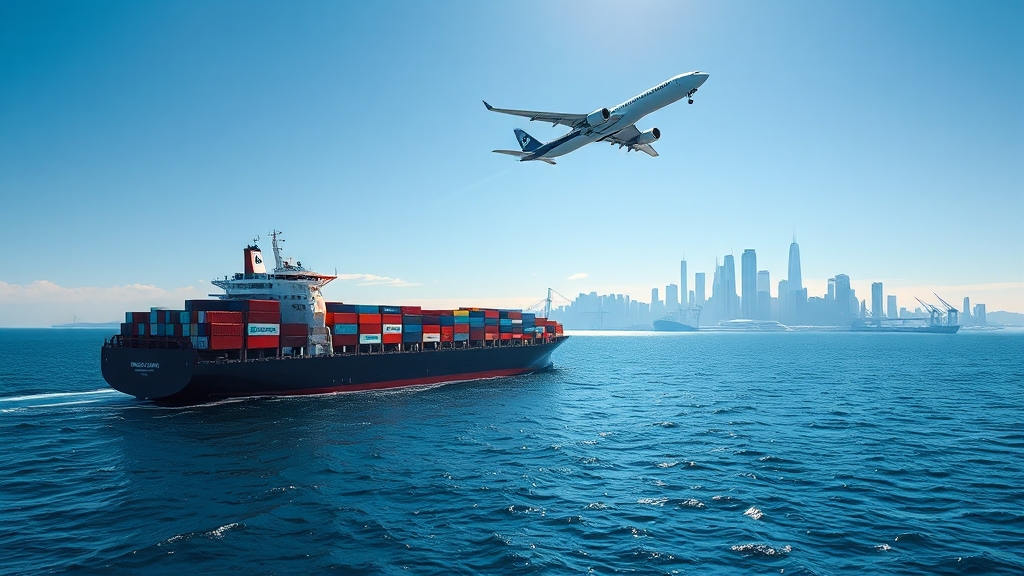





 Afrikaans
Afrikaans Shqip
Shqip አማርኛ
አማርኛ العربية
العربية Հայերեն
Հայերեն Azərbaycan dili
Azərbaycan dili Euskara
Euskara Беларуская мова
Беларуская мова বাংলা
বাংলা Bosanski
Bosanski Български
Български Català
Català Cebuano
Cebuano Chichewa
Chichewa 简体中文
简体中文 繁體中文
繁體中文 Corsu
Corsu Hrvatski
Hrvatski Čeština
Čeština Dansk
Dansk Nederlands
Nederlands English
English Esperanto
Esperanto Eesti
Eesti Filipino
Filipino Suomi
Suomi Français
Français Galego
Galego ქართული
ქართული Deutsch
Deutsch Ελληνικά
Ελληνικά Kreyol ayisyen
Kreyol ayisyen Harshen Hausa
Harshen Hausa Ōlelo Hawaiʻi
Ōlelo Hawaiʻi עִבְרִית
עִבְרִית हिन्दी
हिन्दी Hmong
Hmong Magyar
Magyar Íslenska
Íslenska Igbo
Igbo Bahasa Indonesia
Bahasa Indonesia Gaeilge
Gaeilge Italiano
Italiano 日本語
日本語 Basa Jawa
Basa Jawa ಕನ್ನಡ
ಕನ್ನಡ Қазақ тілі
Қазақ тілі ភាសាខ្មែរ
ភាសាខ្មែរ 한국어
한국어 كوردی
كوردی Кыргызча
Кыргызча ພາສາລາວ
ພາສາລາວ Latin
Latin Latviešu valoda
Latviešu valoda Lietuvių kalba
Lietuvių kalba Lëtzebuergesch
Lëtzebuergesch Македонски јазик
Македонски јазик Malagasy
Malagasy Bahasa Melayu
Bahasa Melayu മലയാളം
മലയാളം Maltese
Maltese Te Reo Māori
Te Reo Māori मराठी
मराठी Монгол
Монгол ဗမာစာ
ဗမာစာ नेपाली
नेपाली Norsk bokmål
Norsk bokmål پښتو
پښتو فارسی
فارسی Polski
Polski Português
Português ਪੰਜਾਬੀ
ਪੰਜਾਬੀ Română
Română Русский
Русский Samoan
Samoan Gàidhlig
Gàidhlig Српски језик
Српски језик Sesotho
Sesotho Shona
Shona سنڌي
سنڌي සිංහල
සිංහල Slovenčina
Slovenčina Slovenščina
Slovenščina Afsoomaali
Afsoomaali Español
Español Basa Sunda
Basa Sunda Kiswahili
Kiswahili Svenska
Svenska Тоҷикӣ
Тоҷикӣ தமிழ்
தமிழ் తెలుగు
తెలుగు ไทย
ไทย Türkçe
Türkçe Українська
Українська اردو
اردو O‘zbekcha
O‘zbekcha Tiếng Việt
Tiếng Việt Cymraeg
Cymraeg יידיש
יידיש Yorùbá
Yorùbá Zulu
Zulu